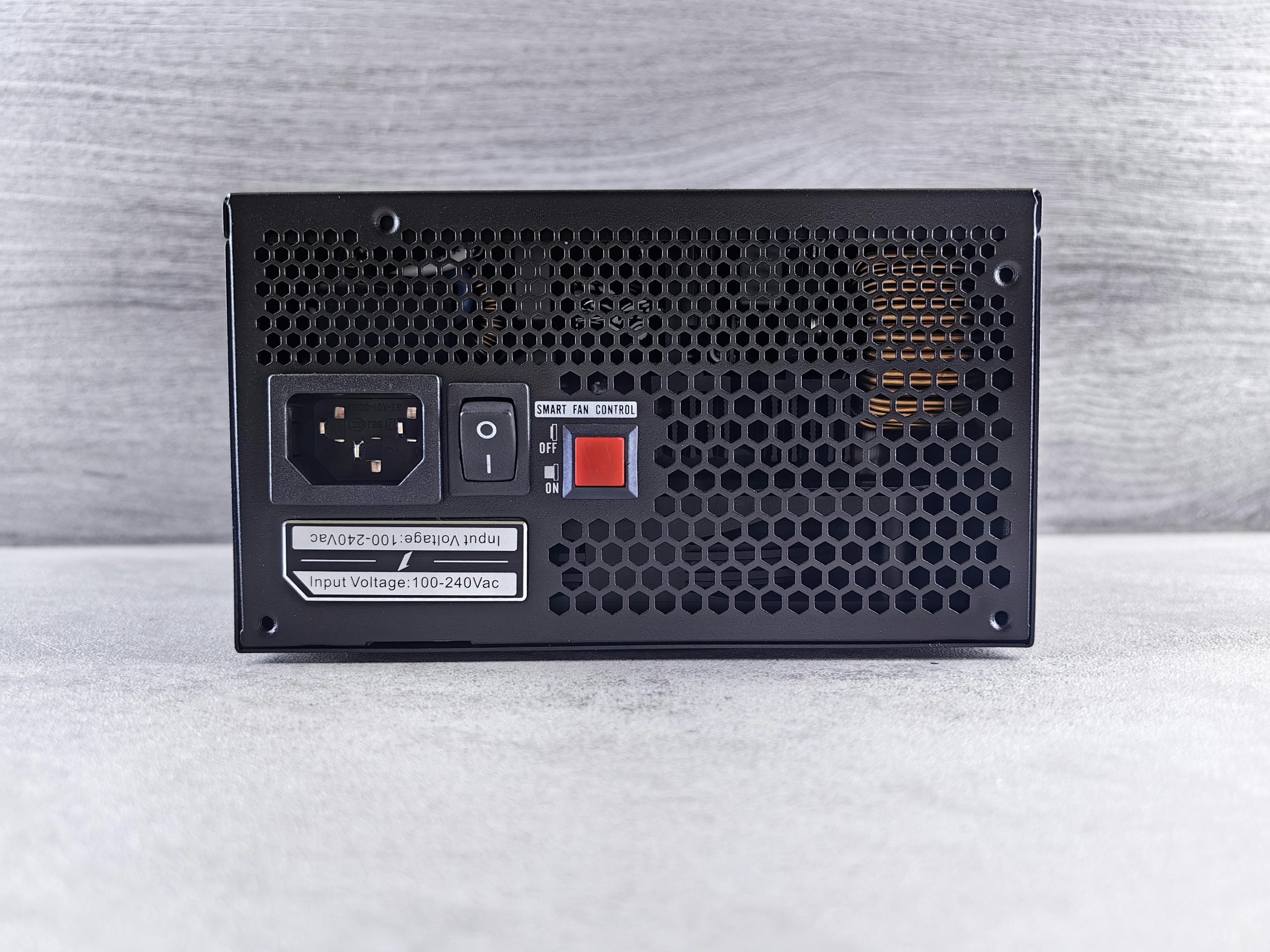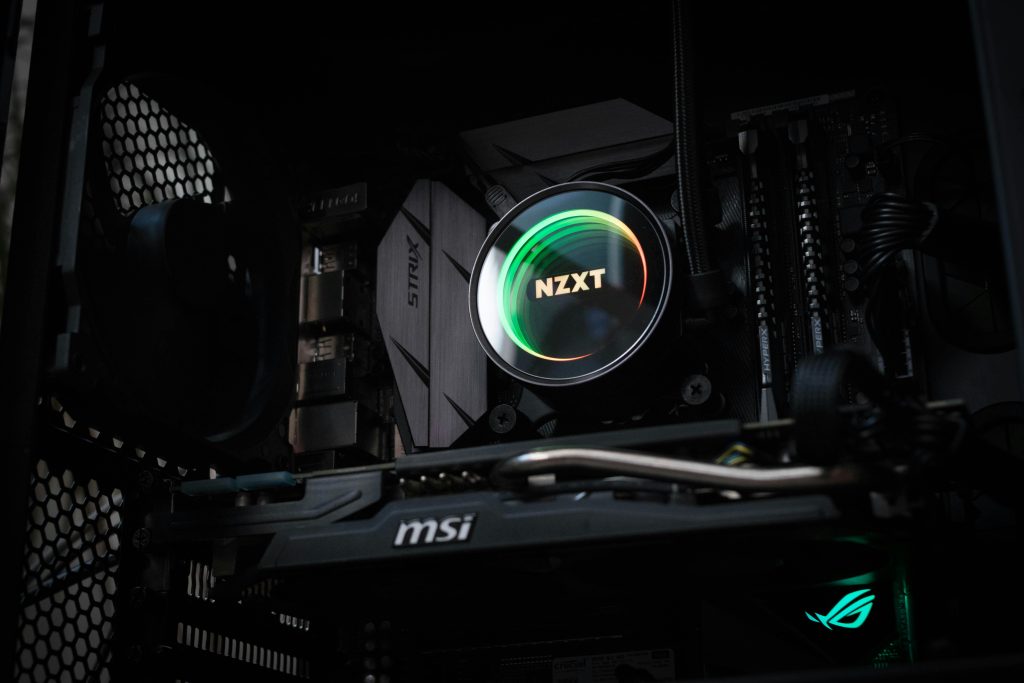Troubleshooting Intermittent PC Shutdowns and Startup Issues: A Guide for PC Builders
Experiencing unexpected shutdowns and difficulty restarting your PC can be both frustrating and concerning. If your computer randomly powers down and refuses to turn back on unless you manually toggle the power supply unit (PSU), this guide aims to help you diagnose and address the issue effectively.
Understanding the Symptoms
Many users report their systems shutting down without warning, with the motherboard LED remaining illuminated during these events. Notably, attempts to restart the PC through the case power button are unsuccessful until the PSU is physically turned off and back on. Such issues have been observed intermittently over time, sometimes occurring less frequently but becoming more persistent, indicating potential underlying hardware or configuration problems.
Possible Causes
-
Power Supply Issues
The PSU might be experiencing instability, failing components, or insufficient wattage, especially if the system demands more power than the PSU can reliably provide. -
Motherboard or Hardware Malfunctions
Faulty capacitors, thermal issues, or damaged motherboard components can lead to sporadic shutdowns. -
Overheating
Excessive temperatures in components such as the CPU or GPU can trigger automatic shutdowns to prevent damage. -
BIOS or Firmware Problems
Outdated or corrupted BIOS settings might cause power management issues or incompatibilities. -
Cabling and Connection Problems
Loose connections or damaged cables can result in inconsistent power delivery.
Troubleshooting Steps
- Verify Power Supply Integrity
- Test the PSU using a dedicated tester or swap it with a known functional power supply if available.
-
Ensure all power cables are securely connected to the motherboard, GPU, and peripherals.
-
Monitor Temperature and Hardware Performance
- Use hardware monitoring tools to check CPU and GPU temperatures.
-
Clean dust from heatsinks and fans to ensure proper airflow.
-
Update BIOS and Firmware
- Download the latest BIOS version from your motherboard manufacturer’s website.
-
Follow recommended procedures to update BIOS safely.
-
Inspect Physical Components
- Examine capacitors on the motherboard for bulging or leakage.
-
Check for swollen or damaged cables and connectors.
-
Test with Minimal Hardware Configuration
- Remove non-essential peripherals and hardware components.
-
Attempt to boot with only the essential components connected.
-
Review System Events and Logs
- Use system event logs to identify any hardware errors or warnings related to power or thermal issues.
When to Seek Professional Assistance
If these troubleshooting steps do not resolve the problem, it’s
Share this content:



